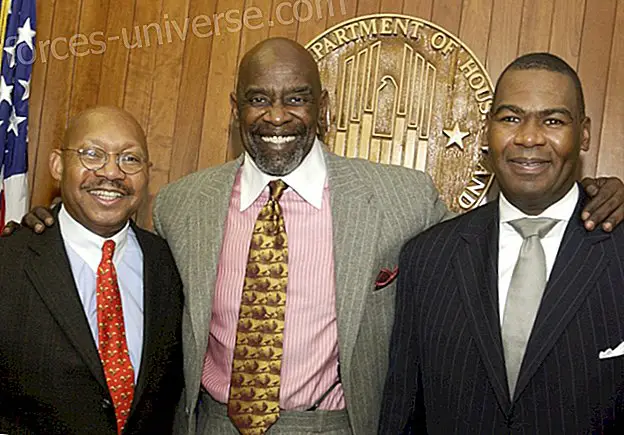By Elena Almirall
A step towards yourself and for yourself. In the direction that marks your own compass. Without anyone thinking for you. Without anyone deciding for you. Without anyone living for you. A solitary and small step that will lead you along the most incredible of the paths, towards the most amazing adventure: the knowledge of your body, the control of your mind, the reunion With your soul
There has been much talk about yoga. Exotic names are shuffled that make it attractive but, at the same time, few people understand: hatha, sivananda, iyengar, kundalini Different types of yoga, asanas or postures, pranayama or breathing are mentioned n, of meditation. And people who feel interested, often get discouraged by not knowing where to start. There are, in addition, fears caused by ignorance: there are those who think that they ate the coconut or that it could be a sect. Nothing else. far from reality. Yoga means uni n . A union, we could call, spiritual. It is about the reunification of the body, mind and soul.
Many people sleep life, without even feeling it: thus they do, live and act one day and another, at all hours, most of the men; by force and unintentionally, they make visits, hold a conversation, are sitting for hours in their negotiated offices and offices, all by force, mechanically, without fancy: everything could be done the same for machines or stop performing.
And this eternally uninterrupted mechanics is what prevents them, like me, from exercising criticism about one's life, recognizing and feeling its stupidity and lightness, its horribly ridiculous insignificance, its sadness and its irremediable vanity. ”(1)
However, there is another type of person: the conscious human being who walks, searches, asks, inquires. There comes a time in life when that person stops and starts listening. First he gets scared, because he hears a lot of noise. But then, little by little, he learns to dissect the sounds carefully as if he were doing a laborious microscopic analysis with them. Then, one day, smile. And the smile is deep, because it comes from the center of his soul. And the smile is eternal, because he understands that he has begun to hear the beating of his own heart.
On that day, that specific person will have taken a first big step towards himself, the only movement that makes sense. The road starts here. From now on, you will have to choose between the many paths that lead to the goal and you will be forced to move forward, step by step, through steep cliffs, beautiful gardens or stormy seas. Every trip is an initiatory journey and that implies passing tests, beating dragons and releasing princesses, but, as Kavafis says, he will only find on his route what he carries within his soul (“To Lestrigones and Cyclops, you will never find the fierce Poseidon, if you do not carry them within your soul, if it is not your soul who puts them before you. ”) (2)
We all have a way to go, some lessons to learn and a soul to meet again. The commitment to yourself and your life can make sense of that call that, from the center of your chest, has so often distressed you without you understanding why, what it was or what was happening to you.
Once you have decided that you want to start walking you have to choose, carefully, the path. Yoga is one of the possible options. Most schools offer a free trial class and it is interesting to try some of the different alternatives since each person is unique, has unique needs, expectations or illusions and knows, in the end one always knows, what is the most it's convenient.
There are professors who offer intense classes in which each posture is worked conscientiously to achieve its perfection; other teachers combine asanas or postures with meditation, relaxation and breathing exercises or pranayama; there are, also, that rehearse concrete songs to arouse sensations; even those who perform a dynamic yoga that links series of asanas in order to speed up and strengthen muscles.
But, in the end, if you search, you find. The best advice is not to stop until you find the practice that suits your body, your mind, your soul. Because that will be the one that will open the door of your path. Because that will allow you to be constant, a fundamental condition if you really want to move along that path. And how do you know you found it? You simply know it. Because, suddenly, you find yourself experiencing a previously unknown well-being. Because, without coming to the story, you smile. Because you wake up in the morning willing to have a great day. Because you know how to discover the strength to face the problems. Because you have a center. Because you learn that you are light and that, as such, you can shine.
However, all these perspectives can lead to deception. Yoga is not a magic wand that turns sorrows into joys, black into white, tears into smiles. It is, rather, a daily work in which the "sadhaka" (3) will have to start listening to his soul. He will begin to see which are the chains that bind him, which the impediments with which his own body or his own mind hinder the conquest of happiness. The yoga practitioner will begin to realize that his ego has enslaved him, that he is a prisoner of his passions (“Give me a man who is not a slave to his passions and I will place him in the center of my heart: yes, in the heart of my heart… ”) (4).
This is the first step of a long and hard road. Because, from here, that person can do nothing but compromise. And it is an important commitment, perhaps the most important of his life, since it implies being true to himself, to the deepest longing of his soul. And it is a commitment that has no turning back because, if you give up, if you lose heart and fall, your life will never be the same as before. It is hard but rewarding. Your body becomes more flexible. Your mind calms down. Your life is peaceful. Your heart calms down.
It's hard. It requires sincerity. It requires self-analysis. It requires daily work. It requires patience and perseverance. However, you have glimpsed your light, you know, brother of the stars, how could you stop shining then?
NOTES:
(1) Hesse, Hermann: The Steppenwolf, Editorial Alliance, Madrid, 1984
(2) Kavafis, Konstantino: Itaca, in "Complete Poems", Hyperion, Madrid, 1997
(3) Sadhaka: the person who follows the yogic discipline.
(4) Shakespeare, William: Hamlet, Salvat, Barcelona, 1969
Source: http://www.concienciasinfronteras.com
Notes of interest: Topics
Image: http://www.sivananda.org
- Seen in:






